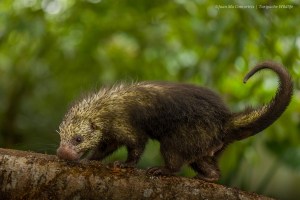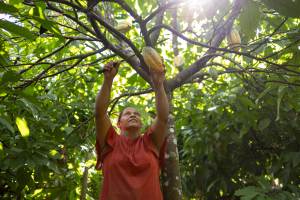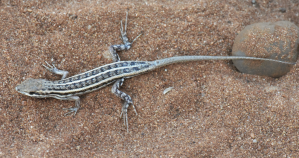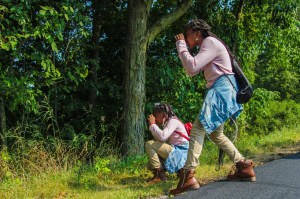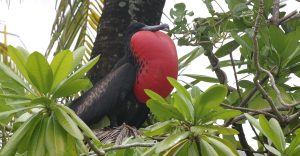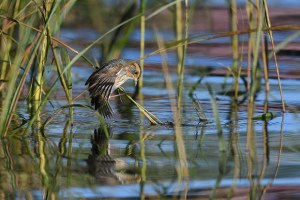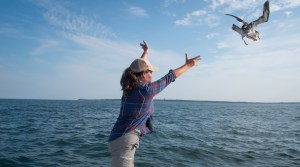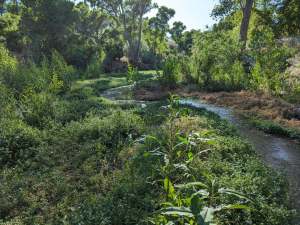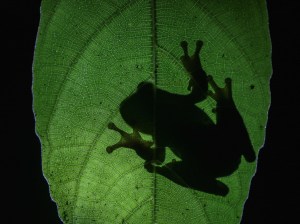Discover stories in Biodiversity
Crested Rats & Hairy Porcupines: Meet 7 of the World’s Coolest Rodents
Rodents don’t always have the best reputation, but they can be beautiful, surprising and just downright bizarre. Here are seven of the world’s coolest rodents.
Brazilian Family Farmers Use Agroforestry to Improve their Lands and Livelihoods (and Help Fight Climate Change)
Natural climate solutions, like agroforestry, can help protect biodiversity and contribute to the reductions needed to mitigate climate change.
TNC Scientist Honored with Naming of New Skink Species
It’s not every day that a young female scientist is honored alongside David Attenborough and E. O. Wilson.
Backyard Bioblitz: How to Be A Citizen Scientist in Your Backyard
A bioblitz is a nature scavenger hunt, for science. Here are our tips to DIY a bioblitz from your very own backyard.
Small but Mighty: Pacific Island Atolls are Globally Important Sites for Tropical Seabirds
Global conservation efforts largely overlook the important contributions of atolls to the protection, restoration, and survival of tropical seabirds.
This Skunk Does Handstands. Yes, Handstands.
The island spotted skunk is difficult to observe. But a monitoring program on California’s Channel Islands offers a glimpse at this creature’s amazing habits.
Can Listening to Oyster Reefs Help Us Assess Their Health?
University of Texas PhD candidate Philip Souza is using acoustic monitoring to eavesdrop on oyster reefs.
Saltmarsh Sparrow: The “Canary” of Sea-Level Rise
The saltmarsh sparrow is literally adapted to keep its head above water. But the seas are rising.
Shearwater Search: The Trials and Rewards of Offshore Seabird Research
Off the coast of Long Island, researchers are helping shape conservation actions by tracking seabirds. But they have to catch them first.
Floral Arrangement: Can Floating Flower Mats Reduce Nutrient Pollution?
Floating flowers have the power to clean nutrient-loaded runoff in South Florida.
Mapping the World’s Groundwater-Dependent Ecosystems Reveals Protection Gaps
A first-of-its-kind global map shows 53% of groundwater-dependent ecosystems are in areas of known groundwater depletion, and likely at risk.
Why Are Amphibians the Most Endangered Class of Animals?
More than 40% of the planet’s toads, frogs, salamanders and caecilians face extinction, but many can still be saved.
